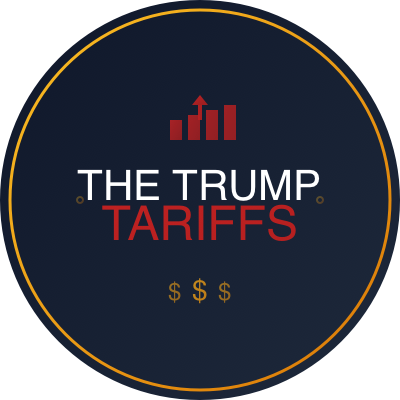NextFin news, President Donald Trump, inaugurated as the 45th President of the United States on January 20, 2025, has persisted with his administration's trade policy approach, notably the imposition of tariffs on various imports, which directly impact America's farmers. As of early November 2025, American farmers continue to experience economic challenges attributable to these tariffs, particularly those targeting Chinese imports, despite recent partial trade agreements aimed at tariff reduction.
On November 6, 2025, Iowa U.S. Senator Chuck Grassley publicly announced support for a federal bailout package ranging between $10 billion to $13 billion designed to alleviate the financial burdens faced by farmers. This bailout responds to an amalgam of pressures: tariff-induced export disruptions, a prolonged federal government shutdown, and lingering uncertainties in global trade relations affecting agricultural commodities like soybeans. The announcement comes shortly after President Trump's administration brokered a trade deal with China on October 30, 2025, involving reduced tariff rates and resumed purchases of U.S. soybeans, yet concerns remain regarding the sufficiency and timing of relief for U.S. farmers.
The genesis of these tariffs dates back to earlier administrations but were significantly escalated under Trump’s policies beginning in 2018 with the objective of protecting American industries and reducing trade deficits. Tariffs on China, in particular, have reverberated through agricultural supply chains. Despite agreements, the tariffs have held, imposing an added cost on exporters and dampening farmer incomes. The Cash Receipts Report for American farms in 2024 showed a 12% decline in net income compared to 2023, linked substantially to trade tensions and market disruptions.
Farmers, predominantly in the Midwest, have borne the brunt—soybean farmers in Iowa and Illinois faced export losses due to retaliatory tariffs from China, decreasing demand and lowering commodity prices by up to 15% from their pre-tariff levels. These pressures intensified during government shutdowns when federal support programs and farm bill implementations stalled, compounding income volatility.
The announced $10-13 billion bailout is expected to provide short-term relief. This financial aid echoes previous subsidy packages following tariff escalations but also raises concerns about long-term policy sustainability. The trade-off between protecting strategic domestic sectors via tariffs and their downstream impact on exporters, including farmers, remains a key policy debate.
Analyzing these developments through an economic framework reveals multidimensional impacts: tariff barriers increase input costs and reduce export competitiveness, which in turn depress farmer revenues, affecting rural economies dependent on agriculture. Additionally, the uncertainty surrounding trade policy dampens investment in modern agricultural technology and infrastructure, potentially diminishing future productivity.
Moreover, the recent trade deal with China, while welcome, may not fully offset tariff penalties due to limitations in volume and rate reductions. Farmers' cautious optimism is tempered by skepticism about market access durability and China's compliance history. As global markets remain volatile with geopolitical tensions and competing trade blocs, reliance on tariffs as a trade tool presents risks to agricultural sector stability.
Looking forward, key trends to watch include the 2026 planting season responsiveness to tariff signals, federal budget negotiations impacting ongoing subsidy provisions, and the potential Supreme Court rulings on the extent of presidential authority to impose tariffs unilaterally. Given the magnitude of agricultural exports (valued at over $140 billion annually) to China pre-tariffs, any sustained disruption poses risks to U.S. trade balances and farmer livelihoods.
In conclusion, Trump's tariffs on imports, notably targeting China, continue to affect American farmers more than many anticipated. While the bailout represents a critical stopgap measure, it underscores the persistent vulnerability of the agricultural sector to broader trade policy volatility. For sustainable agricultural economic health, policymakers must balance protective trade measures with ensuring stable market access and incentives for innovation. Farmers should anticipate continued policy-driven market uncertainties and adapt operational strategies accordingly.
According to reports from KCRG and CBS News in November 2025, while some progress in trade discussions is evident, the agricultural community remains cautious, emphasizing the need for clear, consistent, and supportive trade and domestic policies under President Donald Trump's administration to safeguard America's farming future.
Explore more exclusive insights at nextfin.ai.

